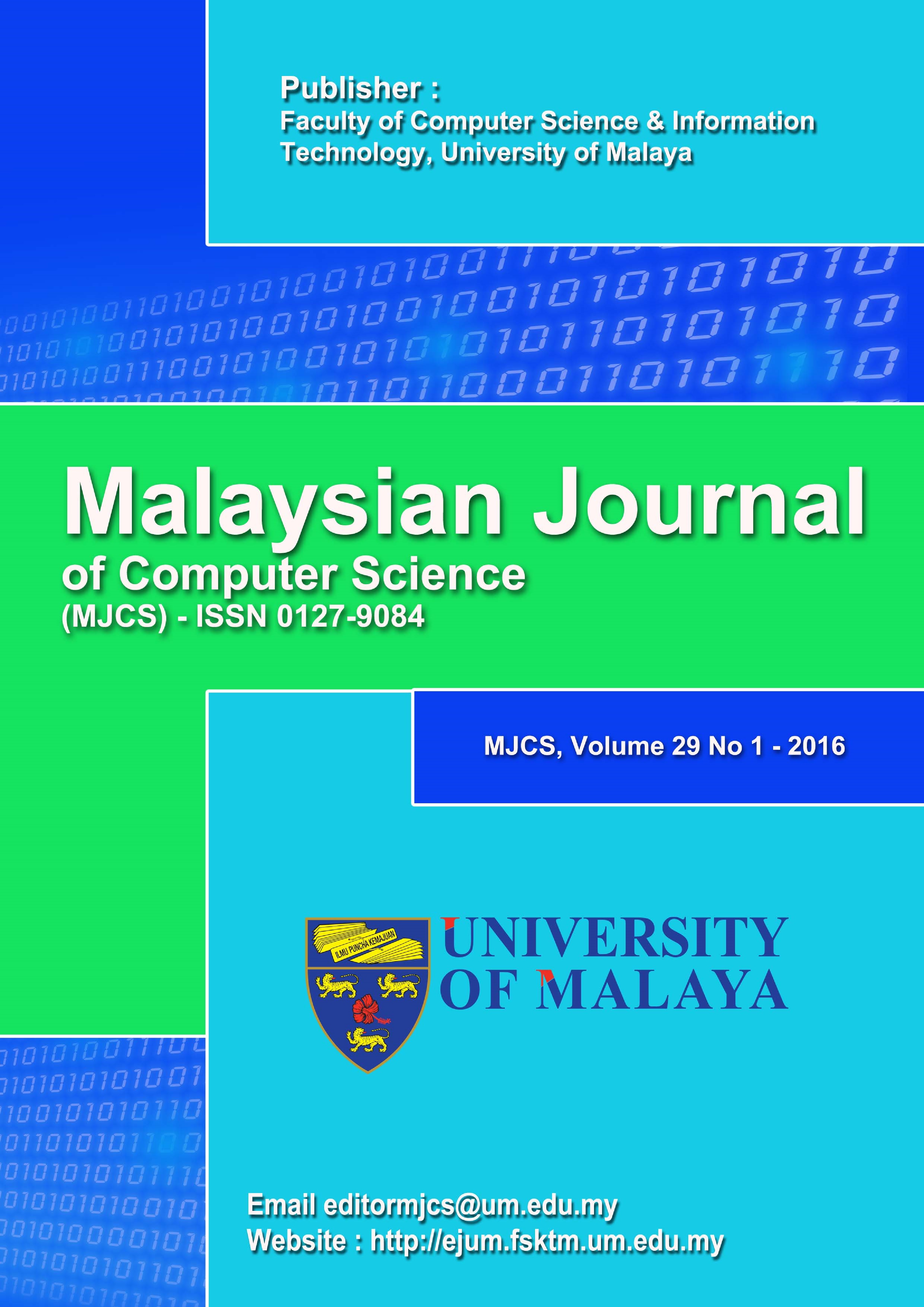UTILIZATION OF MOBILE AUGMENTED REALITY IN A COURSE CONTENT: AN IMPACT STUDY
Main Article Content
Abstract
With the rapid evolution of interactive technology, the popularity of mobile augmented reality (MAR) as a learning aid has continued to grow. However, several studies have revealed that research on the impact of AR in the educational domain is both insufficient and in an early phase. More studies are required to evaluate the effectiveness of utilizing MAR in this domain. The purpose of this study was to measure the effect of a mobile training course designed using MAR on trainees’ motivation. We reviewed the associated concepts, highlighted the importance and effectiveness of MAR and explained the benefits and challenges of employing MAR in the educational domain. This study drew on John Keller’s motivational model components and emphasized the significance of intrinsic motivation. We used a quantitative approach and designed a mobile training course that uses MAR to train government employees in Oman. A total of 32 employees were randomly divided into an experimental group and a control group. The experimental group used the designed application, and the control group took a training course online via computers. A motivational survey was conducted, and SPSS statistical software was used for data analysis. The results revealed that there was a significant difference in the mean motivation value for the experimental group: the trainees from the experimental group were more motivated than those from the control group. This study confirms that learners are motivated to participate in mobile training courses designed using MAR, which can contribute to the development of human resources in various domains.
